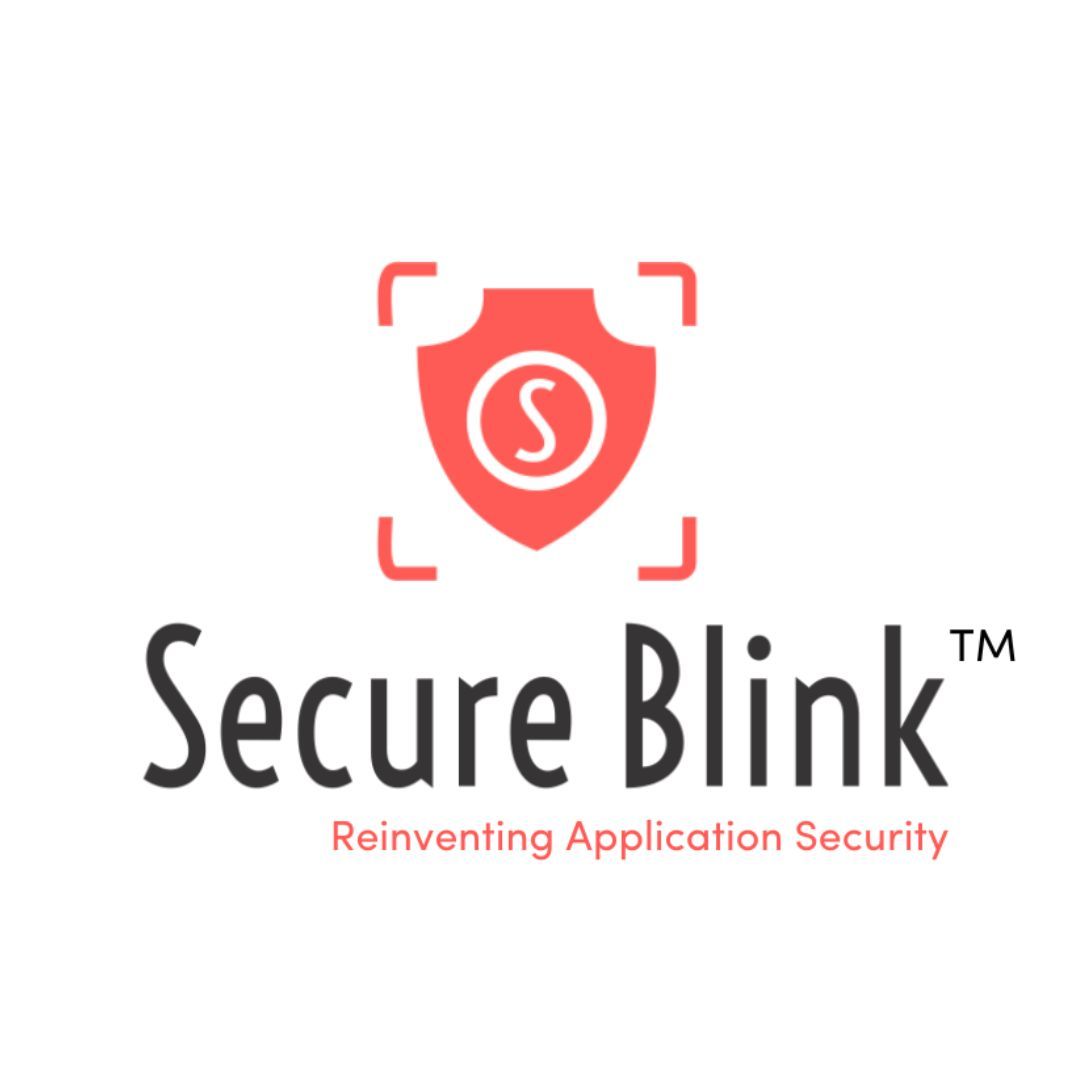Imagine you’ve just deployed a new version of your API, confident it’s safe, only to find a vulnerability exploited within hours. That kind of late-night emergency isn’t just stressful—it’s completely avoidable with the right tools in place.
In this article, we’ll explore how automation can become your quiet powerhouse for preventing these moments before they occur. And that’s where SecureBlink steps in, giving you a smarter and faster way to protect your APIs without slowing down development.
Why automation matters for API security
APIs are everywhere today. If it is an app, microservice, or a SaaS integration, APIs are the unmapped roads for data. They are going to be subject to attacks, especially in today's world, where the velocity of shipping features is paramount. Performing manual security checks is unscalable. You would want to work in some type of automation that scans, prioritizes, remediates, and continues to do it.
SecureBlink is aligned with this scope. They have a set plan for an entire cycle - discovery and remediation in a five-step process. Their automation is not just “run a scan”; they work directly into your pipelines, alerting you to what is important and assisting in remediation.
What SecureBlink brings to the table
Choosing SecureBlink means you receive more than just a scanner. Here’s what it does for modern API security challenges:
- Overall vulnerability detection: SecureBlink scans not only web applications, but also APIs, which covers if there are mis-configurations, CORS, S3 buckets, or other exposed instances, and some integration endpoints.
- Prioritization on reachability and risk: Not all vulnerabilities pose the same threat. SecureBlink created a reachability framework to allow you to determine what the attacker process can reach and exploit.
- Automated remediation workflows: When a vulnerability is discovered, you have playbooks, campaigns, and workflow integrations, for example, the ticketing system at your disposal to help you fix it and remediate it quickly, not just report it.
- Developer-first interface: Balance in DevOps and SecOps workflows does fit into interfaces. SecureBlink promised functionality that is agentless and offers continued monitoring so the team does not feel bogged down.
- API-aware focus: With modern attacks shifting their focus to APIs and microservices, SecureBlink’s focus on API security and web-app protection makes it a good match if you are operating at scale or have a cloud-native architecture.
How to get started with SecureBlink in your pipeline
Here's a roadmap to incorporating SecureBlink into your release workflow, not as a bottleneck.
- Discovery & mapping: To start, map out all your APIs - those which are public, internal, or third-party in nature. Using SecureBlink's discovery functions, you can catalogue the endpoints automatically. This provides visibility to APIs that you might not have even known existed.
- Scanning & detection: Run scans (light and deep) periodically and when new endpoints are deployed. SecureBlink's heuristic engine can detect vulnerability patterns that are both known and unknown. The objective is to catch these issues before production.
- Prioritisation: The platform will help you filter findings by reachability, how accessible is the vulnerable area and the severity of the vulnerability. This will help ensure your development team does not waste time on low-risk issues, while also letting the high-risk issues linger. It stages to remediation in a manner that correlates to the reality of the threat.
- Remediation & orchestration: After risk is identified and prioritised, SecureBlink will trigger playbooks. For example, it will automatically create tickets in your workflow tool (Jira, Azure, etc.). Developers will have context around the issue with recommended remediation steps to take; no more guesswork.
- Continuous monitoring & improvement: Attackers never stop. Set up SecureBlink’s ongoing monitoring and alerts. Track your application’s health and get a return-on-investment view of your AppSec program. Over time, you’ll reduce both the number and severity of vulnerabilities.
Why this matters for your team
You might wonder: “Can’t our DevOps or security team handle this manually?” Possibly but at what cost? Manual reviews are slow, error-prone, and can’t keep up with CI/CD speed. Automation lets you:
- Release faster with confidence.
- Focus scarce security resources on real risks.
- Improve developer productivity and less waiting for approval
- Build a proactive defence rather than chasing after breaches.
For teams managing multiple APIs, frequent releases, or hybrid/cloud infrastructures, SecureBlink’s automation becomes a strategic advantage.
Real-world benefits in action
Imagine this scenario: Your team deploys an update to an API overnight, and before you can grab a coffee, SecureBlink alerts you to a critical misconfigured endpoint that is leaking sensitive data. The platform determines the risk to be high, creates a ticket for remediation, notifies the developer, and you fix it before the bad actor even tries. No pressure. No consumer incident. No headline.
Or envision looking at your dashboard with trendlines showing how your API's risk score has been going down month over month. That kind of measurable improvement is useful when you have to report to your leadership or on an audit.
Final thought
Your API infrastructure will only be as secure as the weakest link. At the pace of modern development, those links are multiplying quickly—and manual processes certainly will not do it. Tools like SecureBlink are turning security from a bottleneck into an enabler, and all due to our risk analyzers giving you the confidence to secure an innovation.
Ready to elevate your API security? Test it for yourself by starting a free trial with SecureBlink to see how automation helps your workflow. Don't wait until it is too late. Secure your APIs with SecureBlink, and let your team innovate to build great things, not fighting breaches.







